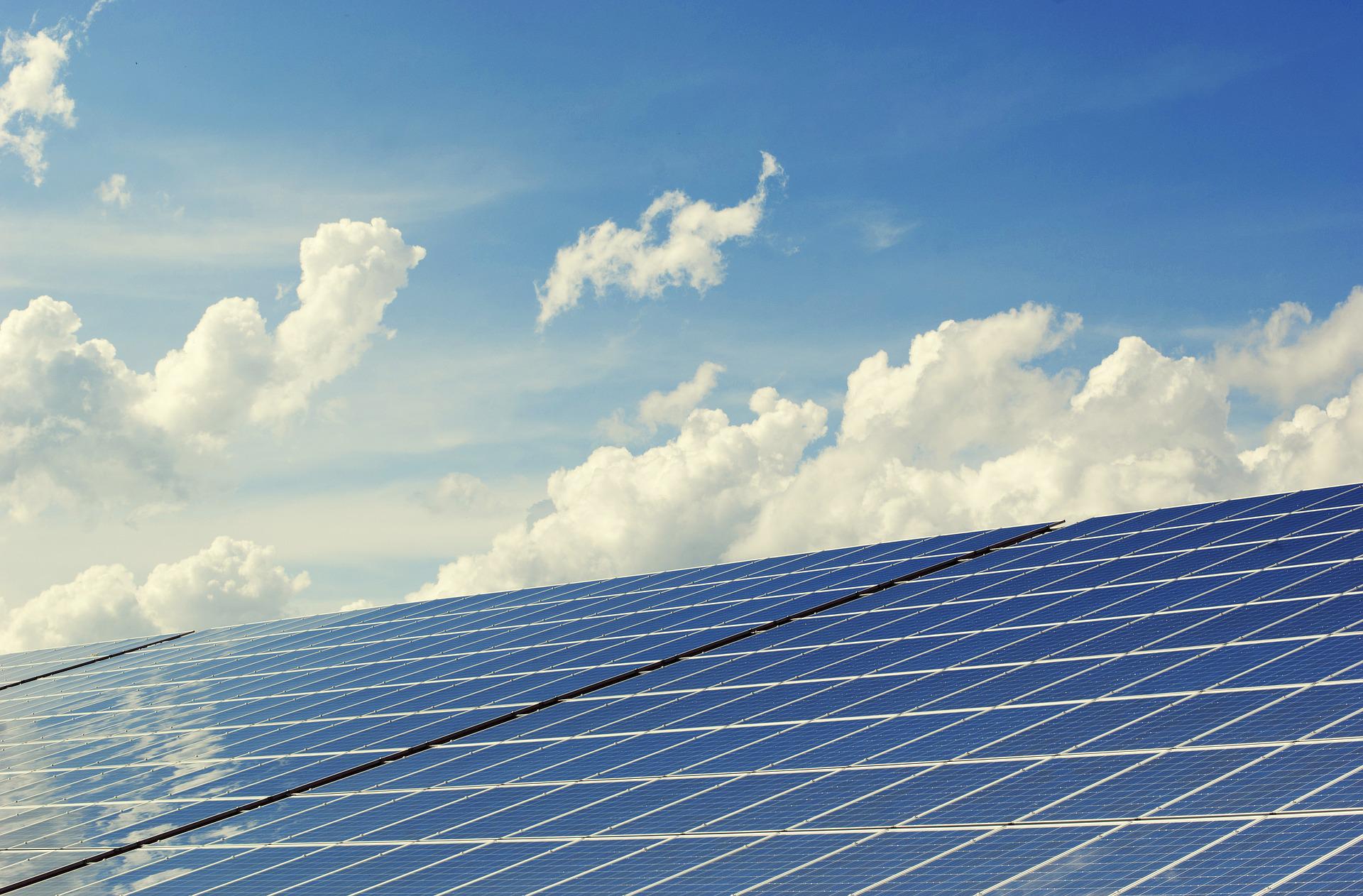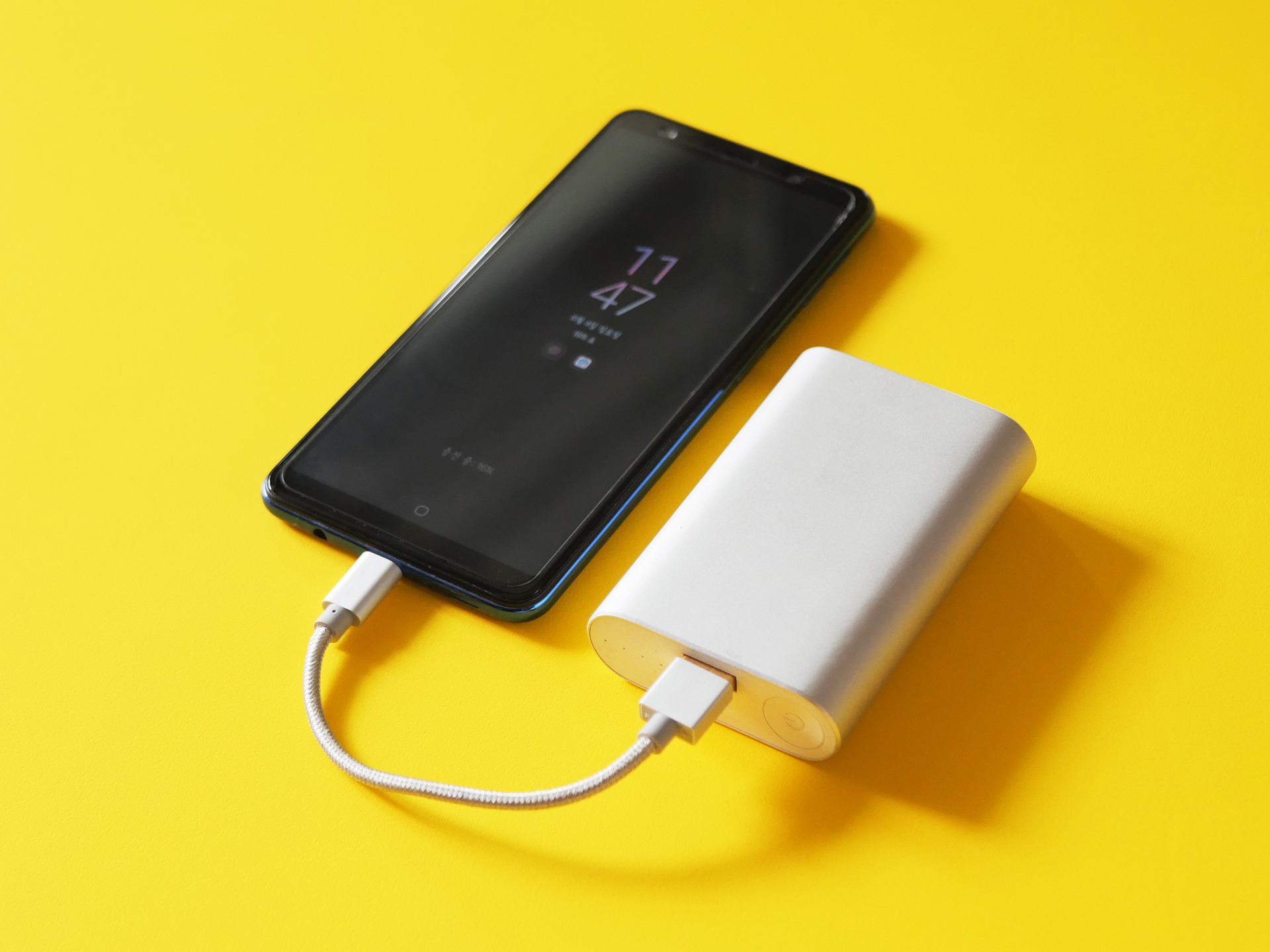Storage, by definition, is the act of preserving something for future use. Charge now, use later. Justin Rangooni recently joined us on the thinkenergy podcast to dive into how battery storage can help facilitate net-zero goals. Let’s take a look at how storing energy can be beneficial to our grid and our community.
The analogy:
In a nutshell, energy storage is very similar to powering up your iPhone. Recharge when it’s optimal and utilize when it’s needed. “When the wind is blowing, the sun is shining, the water is flowing, the nuclear plants are humming; energy storage allows the electricity grid to inhale. And then when that wind is not blowing, or the sun's not shining, or the water is not flowing, or the nuclear plants aren't humming, what energy storage allows the grid to do is to exhale and deliver that electricity to homes and businesses. So that's what energy storage can do to optimize,” says Justin.
The concept:
Do you have one of those handy battery packs that attaches to your phone to give you a little more juice? Now imagine your house had one of those to help power it up during peak hours. Storage will help the grid by smoothing those peak energy times when need is highest. For example, intense heat waves during the summer can overload a grid if everyone is using their air conditioners at full force. What battery storage can assist with is taking some of those houses off the network so that the supply can be better balanced. Justin explains:
“Energy storage is a solution provider. It provides different solutions depending on what the need is. If you need it for reliability reasons to make sure that the lights are going to be on, energy storage can play that role by saving that energy for when it's needed. Storing the energy for affordability reasons helps to defer investments in new generation, poles and wires.”
Charging the net-zero battery:
So, how does battery storage translate to net-zero strides? There are a few ways in which these two intersect. The first being that batteries can be charged up by renewable energy resources such as wind, solar, and water and used in place of regular electricity that may not be 100 per cent renewable. In addition to adding cleaner energy into the mix, batteries can also reduce the need for grid work and expansions. While we are always looking to improve our infrastructure, preventing the need for expensive, emissions-heavy infrastructure will lead us closer to our 2030 net-zero goals
Fun fact! Hydro Ottawa generates enough clean energy from renewable resources to power 107,000 homes annually (or one-third of the city of Ottawa). Click here to learn more about where your hydro comes from.
How you can participate:
So, you’ve seen how battery storage can help hydro companies and governments with both infrastructure as well as providing green energy to their customers, but how can residents get involved? As Justin states, we are still in the early stages of individuals being able to utilize batteries to power their homes, but that doesn’t mean that it’s not in the works. Here’s what he had to say:
“The short term answer is to look to electric vehicles. That is your best way as the average homeowner in terms of addressing your own decarbonisation efforts. And again, with vehicle to grid, there could be a lot of possibilities that can even be more decarbonizing to the grid as well. The car battery on an electric vehicle can be a storage device for you. Again, there's a lot of possibilities down the road for the average homeowner but I'd say electric vehicles are a viable way to participate.”
All in all, batteries are a new lifeline that can drastically change the hydro grid as we know it. From allowing greener energy to be held within the electricity network to preventing carbon-intensive infrastructure work, storage is the battery pack to bring us closer towards a net-zero future.

